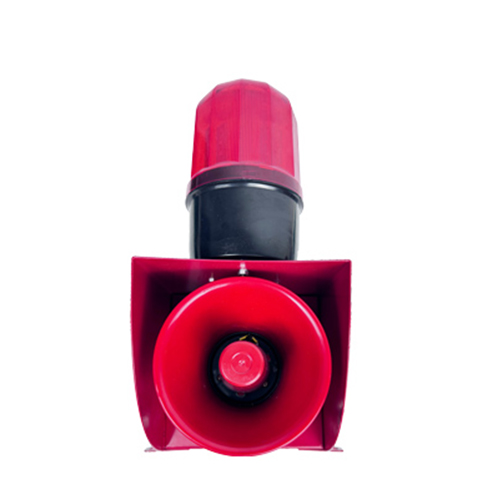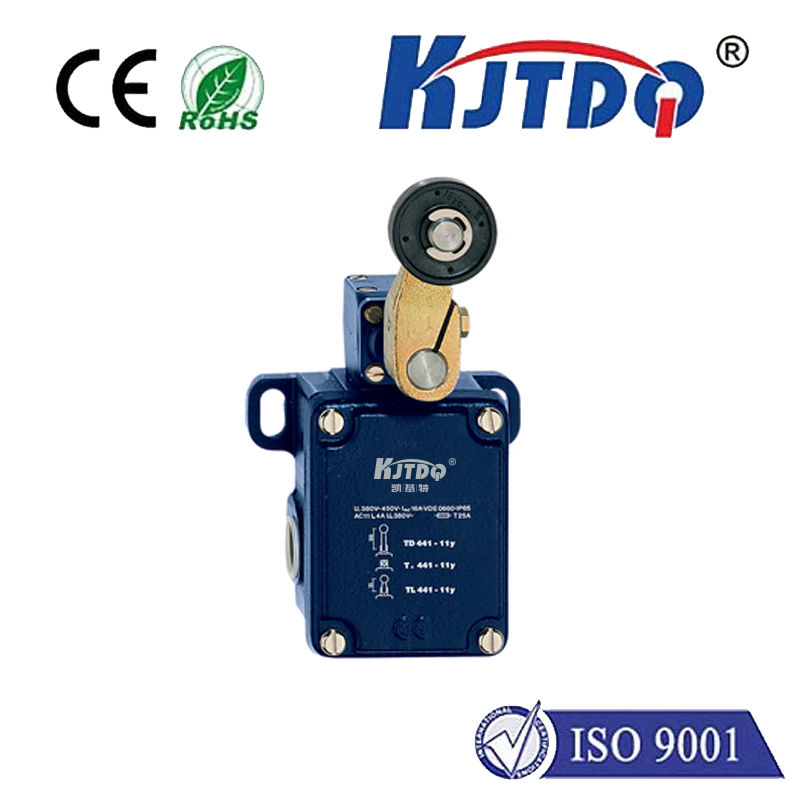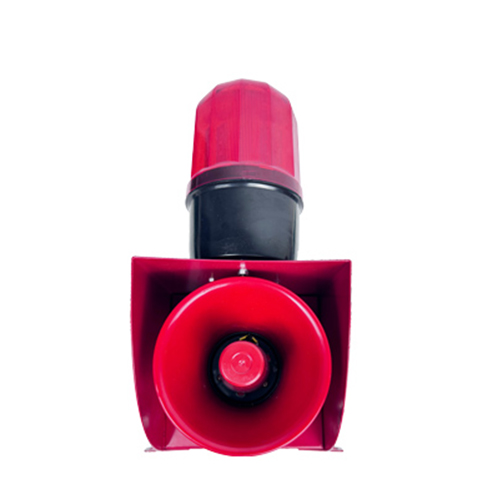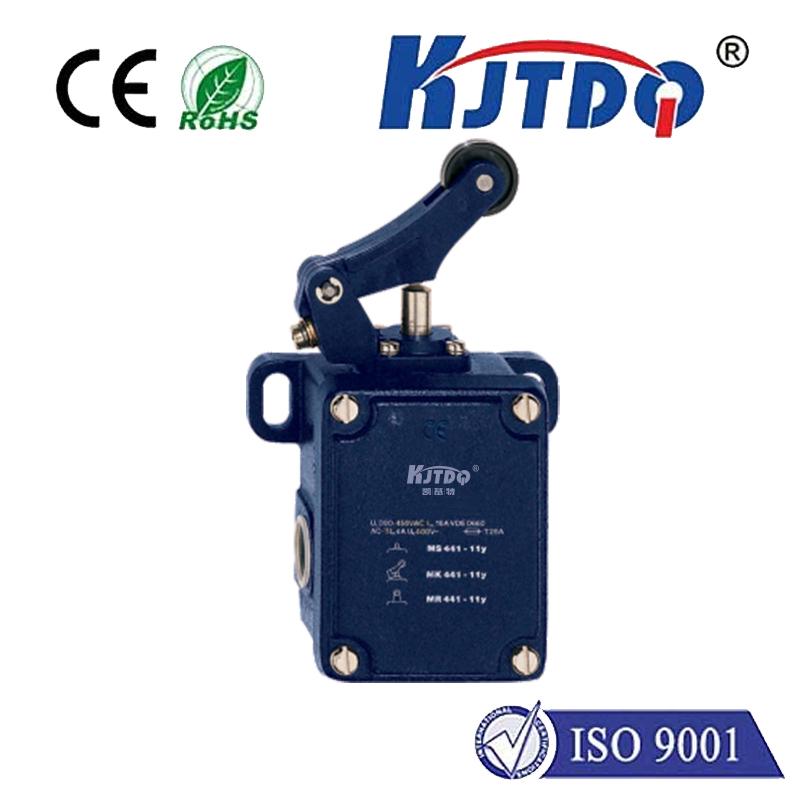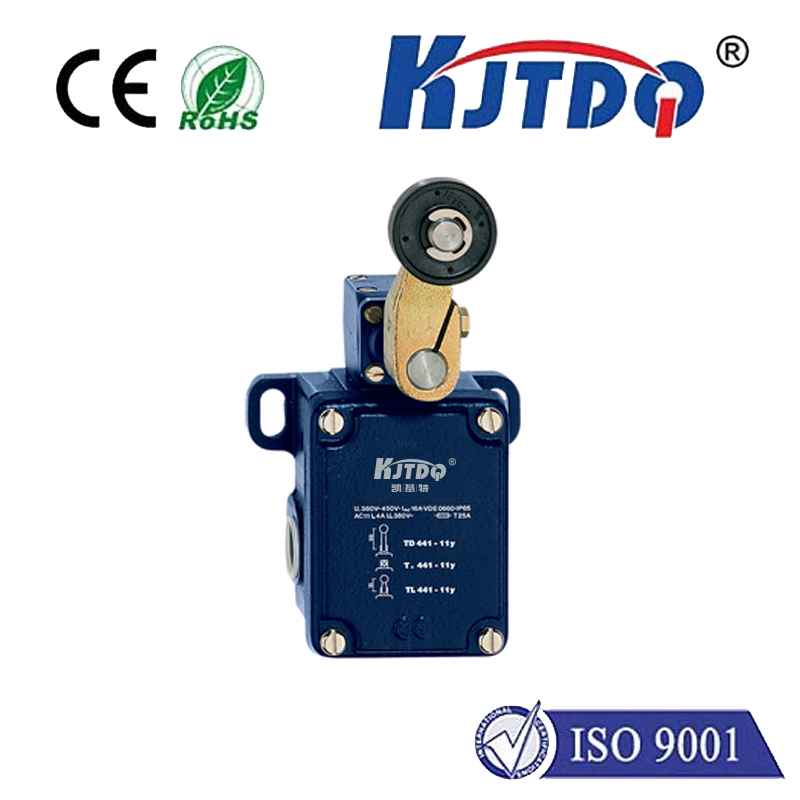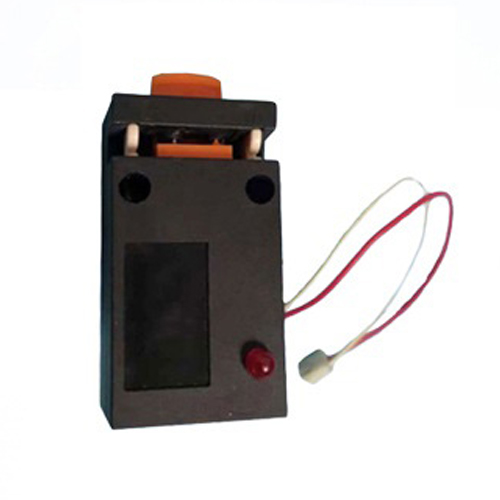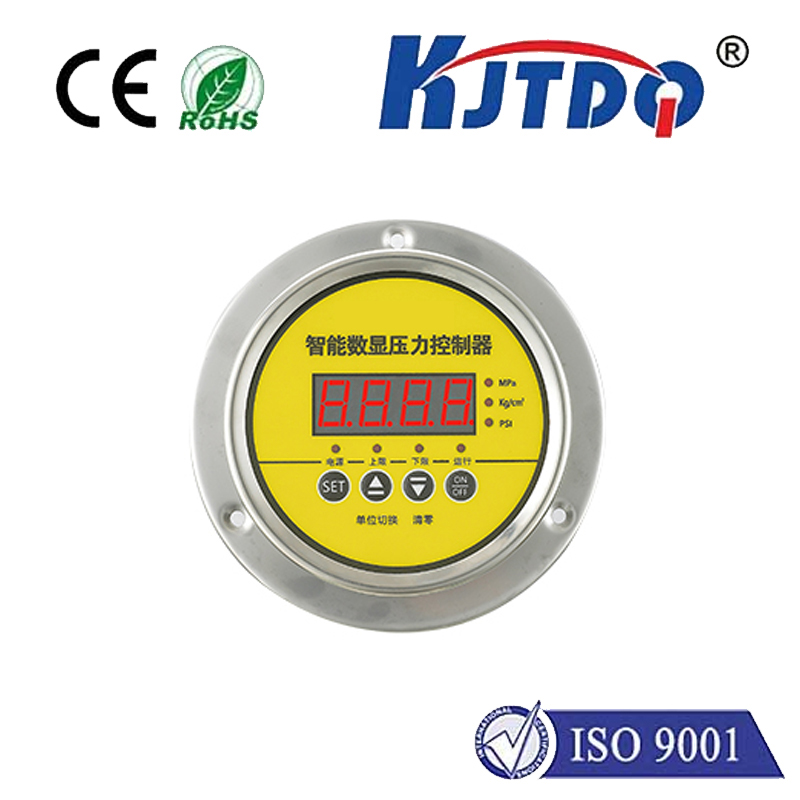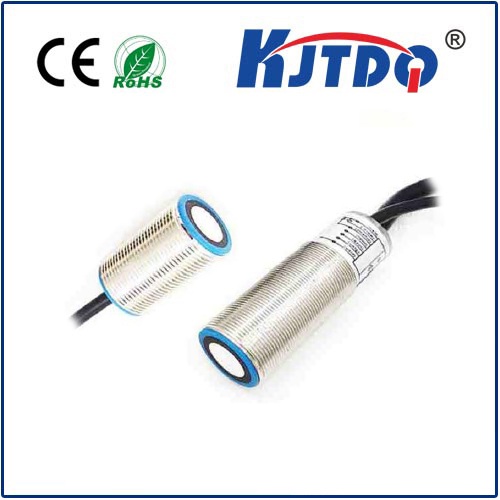Riegl LiDAR Scanners: Revolutionizing Precision Mapping and 3D Data Capture In an era where precision and efficiency define progress, how do industries keep up with the demand for high-accuracy spatial data? Enter Riegl LiDAR scanners—a game-changing technology reshaping sectors like surveying, forestry, urban planning, and environmental monitoring. With their unparalleled ability to capture millimeter-level detail across vast landscapes, Riegl’s systems are setting new benchmarks in 3D data acquisition. Let’s explore why these scanners are becoming indispensable tools for professionals worldwide.
LiDAR (Light Detection and Ranging) works by emitting laser pulses and measuring their reflection to create precise 3D models. But what sets Riegl LiDAR scanners apart? The answer lies in their waveform processing capability. Unlike conventional systems that detect single returns, Riegl’s advanced sensors analyze the full waveform of each laser pulse. This allows them to penetrate dense vegetation, detect multiple surfaces in a single beam path, and deliver data with exceptional resolution—even in challenging environments. For example, Riegl’s VQ Series airborne scanners are engineered for flexibility, supporting everything from UAV-based surveys to full-scale airborne missions. Their real-time calibration ensures accuracy regardless of platform movement, making them ideal for dynamic applications like disaster response or coastal erosion monitoring.
Traditional surveying methods often struggle with large-scale projects. Riegl’s terrestrial scanners, such as the VZ-6000, simplify this by capturing millions of data points per second. Engineers use these high-density point clouds to design infrastructure, assess slope stability, or monitor construction progress. In one case study, a highway expansion project in Austria reduced fieldwork time by 40% using Riegl’s mobile mapping solutions.

Sustainable forest management relies on accurate biomass calculations. Riegl’s airborne LiDAR systems excel here, mapping canopy structures and undergrowth with sub-canopy precision. Researchers in the Amazon have utilized this technology to track deforestation rates and carbon sequestration, enabling data-driven conservation strategies.
Uncovering ancient ruins without disturbing fragile sites is no small feat. Riegl’s ground-based scanners have been deployed at UNESCO World Heritage sites, creating 3D models of temples and artifacts. These digital replicas aid restoration efforts and provide immersive educational tools for the public.
While other LiDAR providers focus on cost-cutting, Riegl prioritizes adaptability and precision. Their scanners support customizable workflows, whether users need real-time data streaming or compatibility with third-party software like AutoCAD or ArcGIS. Additionally, Riegl offers industry-leading warranties and global technical support, ensuring minimal downtime for critical projects. In a recent comparison by Geospatial World, Riegl outperformed rivals in range accuracy and data density, particularly in complex environments like urban canyons or dense forests. This reliability explains why agencies like NASA and the US Geological Survey trust Riegl for missions requiring flawless data integrity.
As autonomous vehicles, smart cities, and climate resilience planning advance, the demand for high-resolution 3D data will skyrocket. Riegl is already addressing this through innovations like single-photon LiDAR, which enhances detection sensitivity for low-reflective surfaces. Meanwhile, their cloud-based platforms are streamlining data sharing across teams, breaking down silos in collaborative projects. For instance, the Riegl Cloud Processor allows users to upload, visualize, and analyze datasets from anywhere—a critical feature for multinational firms managing assets across continents.
From safeguarding ecosystems to building smarter cities, Riegl LiDAR scanners are proving that precision isn’t just a luxury—it’s a necessity. By continuously pushing the boundaries of what’s possible in 3D sensing, Riegl isn’t just keeping pace with industry needs; it’s defining the future of geospatial innovation.
